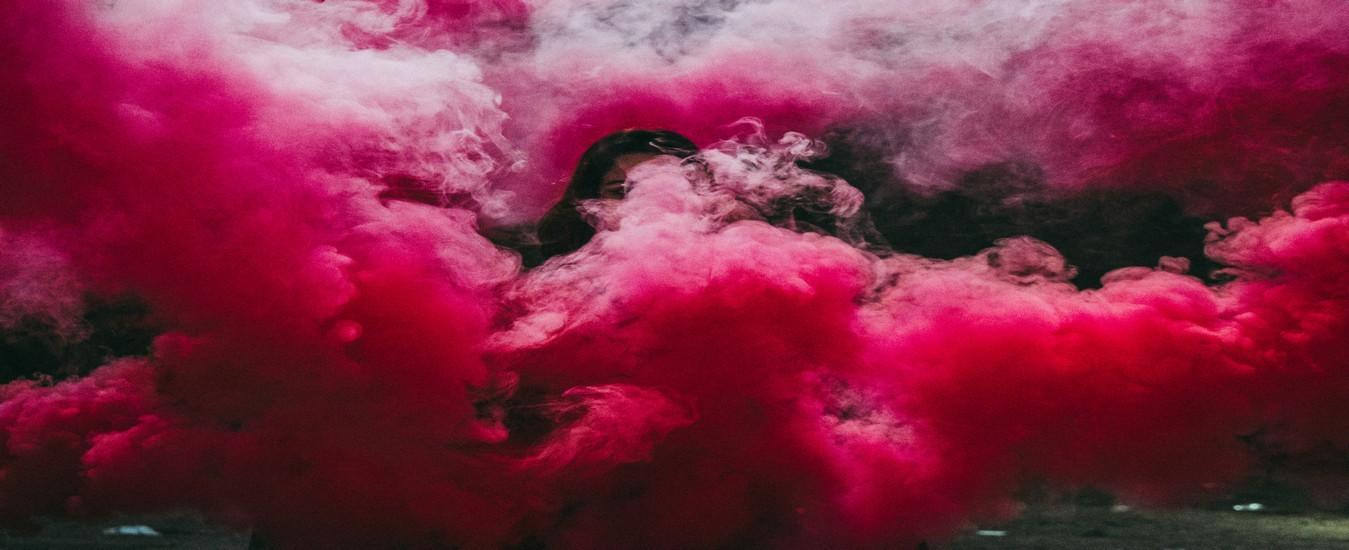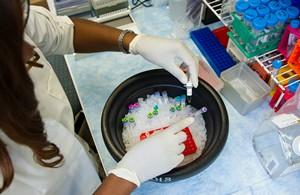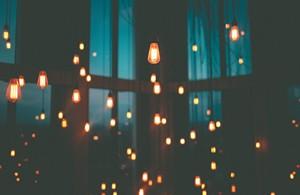How to make things and places “cool”? - Peter Gloor

Yesterday the Washington Post published a timely opinion piece on “how to make D.C. cool”, pondering the question whether Washington D.C. could ever be cool. The journalist had interviewed me for this article, and the discussion with her got me thinking about what it takes to make a place “cool”.
Why is it that NYC, SF, or Boston are cool, while D.C, a popular tourist destination, seems in dire want of coolness? Let’s first look at what makes things cool.
“Cool” things have four properties. First, they need to be fresh and new, we don’t want yesterday’s stale old ideas, but radically new and better ones. Apple is cool, Microsoft is not. Why? By ushering in a new era in computers with the Macintosh, in music players with the iPod, or in mobile phones with the iPhone, Apple has shown a unique knack in coming up with beautiful new things. Microsoft may be more profitable, and having grown to much bigger size with its copycat strategy, but nobody has ever accused it of being cool – that’s reserved for creators of radically new things. Microsoft’s technology does the job, but it’s clunky, arcane, clogged with features that nobody wants. Apple, on the other hand, consistently defined new markets with superbly designed innovative products.
Second, cool things make us part of a community, they help us be with people like us. As psychologists and sociologists have found out, if we have the chance, we would like to be with as many people “like us” as possible – the more the merrier. Why was it that two million people trekked to Washington, to the inauguration of President Obama? Why did people stand in line for eight hours to get to the Mall to Obama’s inauguration, and not just watch it on TV? Simple answer: other people. It was the chance to be part of something cool and new, to witness change, jointly with two million likeminded souls. Even something as simple as owning the latest iPhone or Blackberry makes the owner part of a community, a sister and brotherhood , with the token of entry being the iPhone or Blackberry.
Third, cool things are fun. Owning an iPhone is fun, because it looks so well-designed and cool. Going to a musical on Broadway is fun and relaxing. Making calls and surfing the Web on an iPhone is fun, playing music on an iPod is fun. Drinking coffee in Starbucks is fun too, not the least because every Starbucks customer is in good company with other people who are enjoying a good cup of coffee in a relaxing atmosphere. It’s not for nothing that Starbucks carefully selects and trains its barristas to provide a superior customer experience.
Finally, cool things give meaning to our life. Cool things make people happier and feel good. Owning a cool thing can become a goal all by itself, whether it is the new iPhone, the bag from Adidas, or the car we always wanted, or joining an activist group fighting global warming. For many people the thing that gives meaning to their life is making the world a better place – the ultimate in cool.
Now that we know why something is cool or not, the next question is what makes up – or does not – the coolness of a place like Washington. The main thing that makes a place cool is cool people. For cool people to show up at a place, they must find cool things there, not the least other cool people. Once a place is bustling with stars, actors, models, artists, movie stars, or star entrepreneurs, more of them will show up.
What are the external landmarks of a cool city? There are three parts to it: a recreational, educational, and a business part. Recreational components of a cool city are funky cafes, elegant boutiques, artistic shops, art galleries, all sorts of restaurants from cheap and greasy to organic and healthy, theaters, museums and parks to stroll around. The second ingredient of a cool place is educational institutions such as universities, colleges, or art schools, bringing the droves of students who provide the social glue of the cool city. A third mark of a cool place is a dense organic mix of business life, scores of startups combined with larger well-established companies. The more of these three things – recreation, education, and business – there are compressed within a city, the cooler it is. That’s why NYC is cool, or Boston and San Francisco.
One of my recent favorites among cool places is Savannah, a port city in Georgia, which until just a few years ago was in serious decay. But when I was visiting Savannah last fall, I found a city bustling with life, full of artists, students, and tourists. Talking with locals I found there is one institution that heavily influenced this conversion to coolness: SCAD – the Savannah College of Art and Design, founded in 1978, with 9000 students as of today. SCAD has renovated many of the old mansions and historic buildings that had been rotting for the last fifty to hundred years into lecture halls and student dorms. During my visit in Savannah I noticed all components of a cool city – coffee shops and art galleries, theaters and music festivals, educational institutions, and an active business life, ranging from numerous startups to Gulfstream Aerospace, a large manufacturer of jets.
Recommended Articles
Seeing is Believing.
Many software demonstrations end up being generic product promotions. We take the time to understand your specific needs before preparing a customised demonstration that provides you with: • Case studies of how organisations similar to yours have used our technology to improve related issues. • Scientific evidence published in major journals to back-up our statements. Please complete this form and a platform expert will be in touch shortly to take you through a demo of our technology with evidence relevant to your needs.



